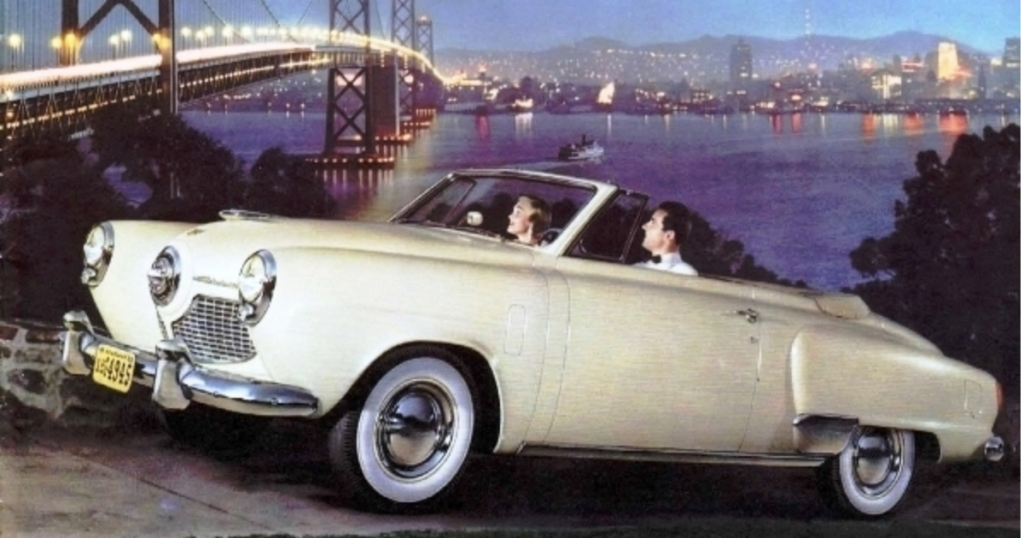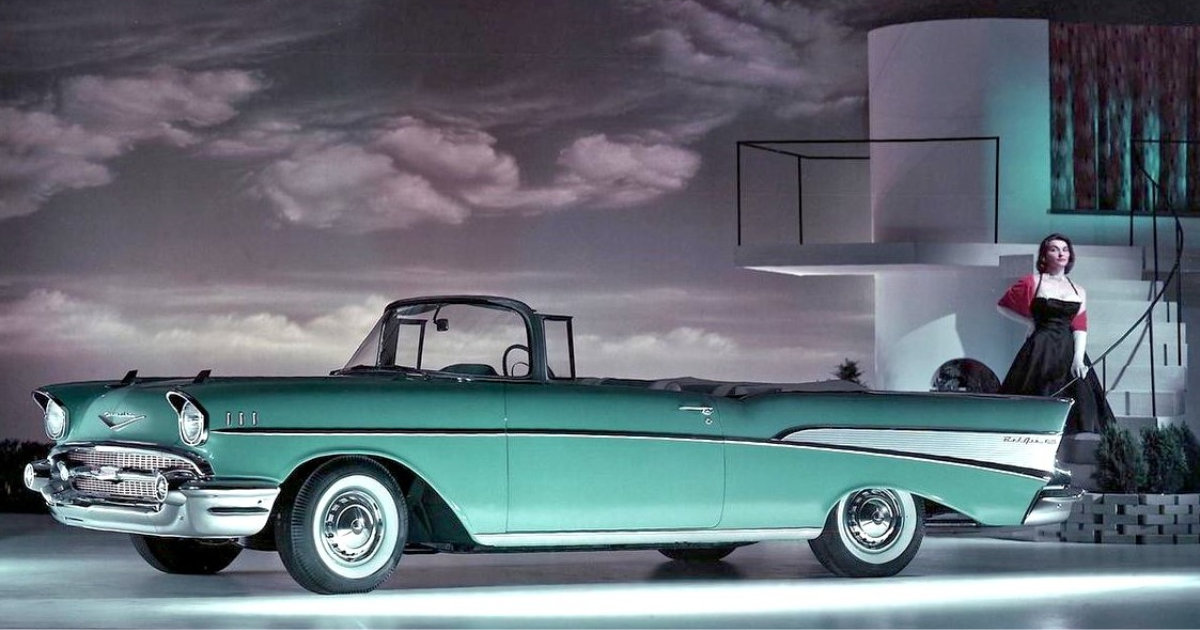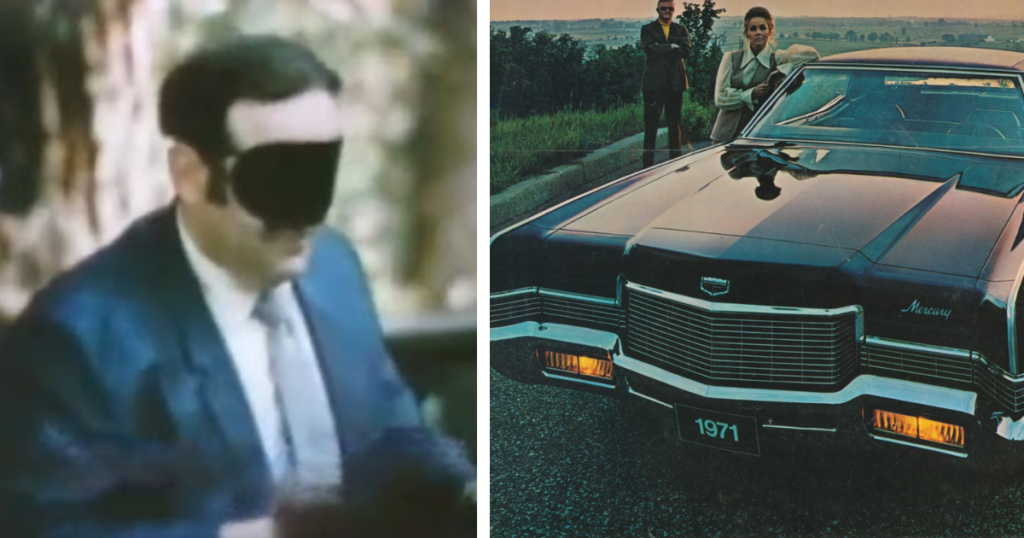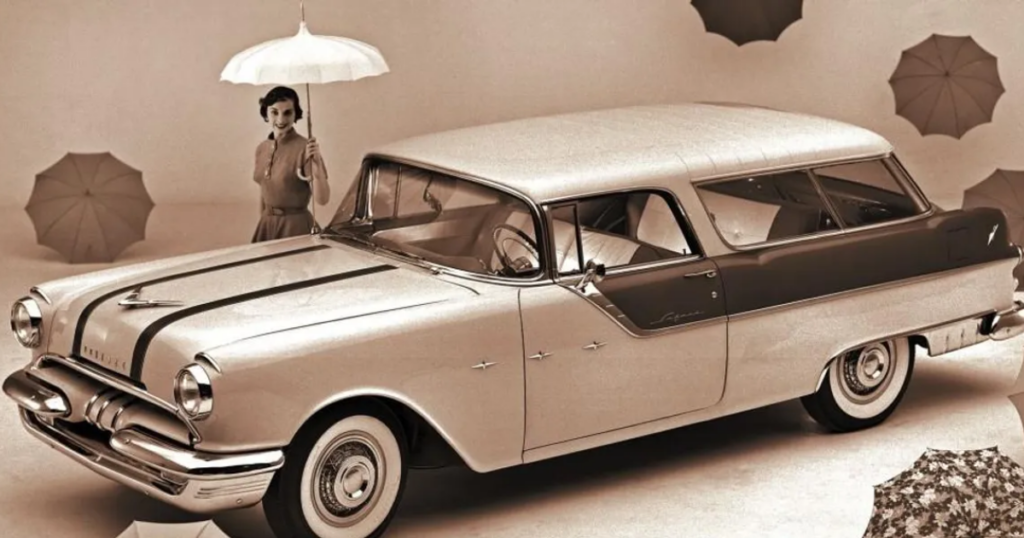
When the 1950 Studebaker models debuted, the distinctive front end design led to them being affectionately referred to as “Aero Nose” cars. Raymond Loewy, the French-born designer who oversaw Studebaker’s design program, instructed stylist Bob Bourke to create a front end that resembled an airplane. This directive resulted in the radical and iconic styling of the Aero Nose, complete with a simulated propeller hub. Studebaker marketed it as “the next look in cars.”

Beyond the groundbreaking front end, the exterior sheet metal largely continued the design language introduced in Studebaker’s 1947 makeover, including the distinctive rear window treatment. The chassis also saw minimal changes, with updates to the front suspension and the mid-season introduction of the Automatic Drive transmission, a collaborative effort with Detroit Gear. The year 1950 marked Studebaker’s pinnacle, with production surpassing 343,000 cars.

For the 1951 model year, Studebaker introduced its first V8 engine, ushering in a new era. However, despite a still-decent sales performance in 1951, figures began a gradual decline, reaching fewer than 50,000 units by 1958.

Critics were enamored with the 1950 Aero Nose design. Tom McCahill of Mechanix Illustrated hailed it as the “best-looking car in its class,” and Devon Francis, a respected automotive writer for Popular Science, even speculated that the pointed nose might contribute to reduced aerodynamic drag and improved fuel economy (although this claim was dubious).
Yet, as is often the case with avant-garde styling, the Aero Nose’s appeal dwindled over time. After just two years, Studebaker reverted to a more conventional front end design for the 1952 models. The subsequent year, 1953, saw Studebaker making history with Bob Bourke’s remarkable Starliner coupe.

The Aero Nose, despite its short-lived popularity, left an indelible mark on automotive history, showcasing Studebaker’s willingness to experiment with bold and unconventional designs. The transition to more conventional styling in subsequent years marked a shift in automotive aesthetics, but the Aero Nose remains a memorable chapter in Studebaker’s design legacy.



